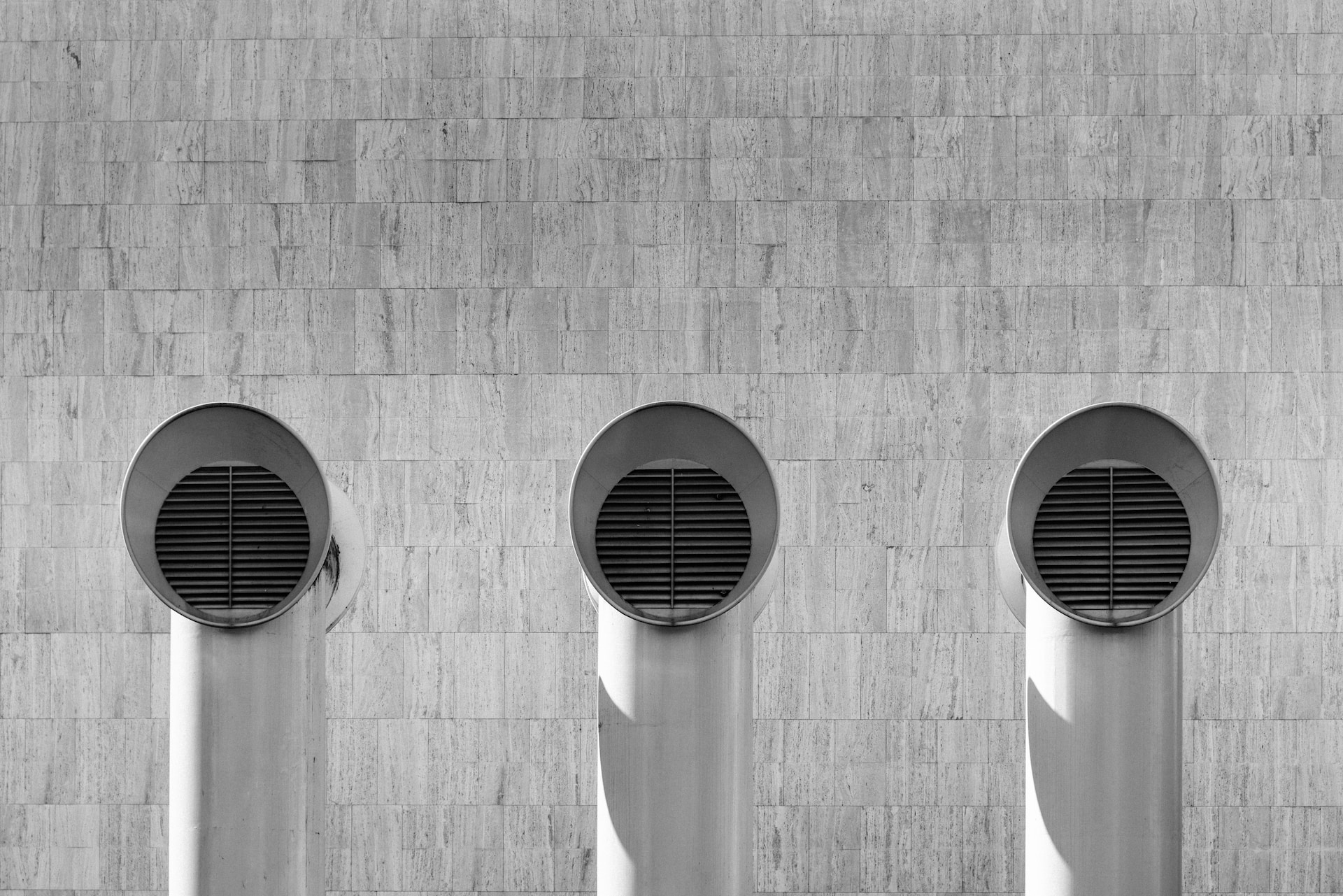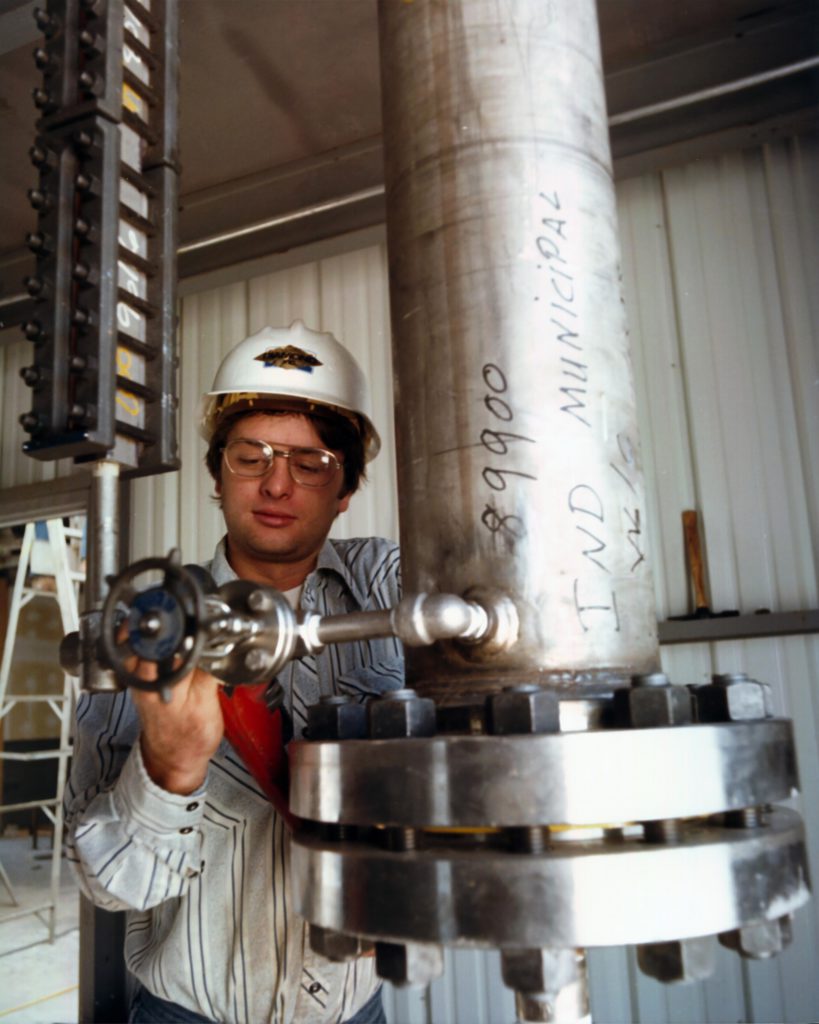Unravelling the Enigma of Climate Control in Buildings
Key Takeaways
- Constant Air Volume (CAV) systems represent a crucial part of HVAC architecture that provides consistent airflow, contributing to the overall comfort of occupants in various establishments.
- The CAV system operates on the principle of providing constant volume, which aids in maintaining a steady temperature, regardless of the external conditions.
- Despite being less energy-efficient than some modern alternatives, CAV systems still offer advantages such as simplicity, reliability, and cost-effectiveness, making them a worthy consideration for specific applications.
- Advancements in HVAC technology have led to the development of more sophisticated systems that blend the best features of CAV and Variable Air Volume (VAV) systems, ensuring optimal temperature control and energy usage.
- Understanding the operation, benefits, and limitations of CAV systems can guide businesses and homeowners in making more informed decisions about their climate control options.
A Dive into HVAC’s World: The Role of Constant Air Volume Systems
HVAC, an acronym for Heating, Ventilation, and Air Conditioning, plays a central role in making our built environments habitable. Among the myriad elements of an HVAC system, the Constant Air Volume (CAV) system stands out for its function, design simplicity, and longstanding use.
The CAV system, as the name implies, delivers a constant volume of air at varying temperatures. It’s akin to a trusty workhorse that ensures air circulation remains uninterrupted and steady, crucial in spaces where temperature consistency is required. The principle behind this is fairly simple: by maintaining a constant volume of air supply, the CAV system can regulate temperature by modulating the air’s heating or cooling levels.
This core principle allows CAV systems to be highly reliable and straightforward. It’s a classic example of a system that does one thing and does it well. However, it’s essential to acknowledge the limitations, which include a lack of energy efficiency compared to more modern HVAC technologies and a reduced ability to provide customised temperature control for different areas in a single building.
Pros and Cons of CAV Systems
Advantages
CAV systems bring several advantages to the table, which have ensured their continued relevance in the ever-evolving HVAC industry.
1. Simplicity and Reliability: With their straightforward operation, CAV systems require less maintenance and offer higher reliability compared to more complex systems. They work effectively in environments where a consistent air volume is more critical than individual temperature control.
2. Cost-Effectiveness: CAV systems typically have lower upfront costs, making them an appealing choice for budget-conscious businesses or homeowners. Their simplicity also translates to lower maintenance and repair costs over time.
3. Noise Reduction: CAV systems operate with less noise than other systems due to the steady air flow rate. This feature is particularly advantageous in environments such as offices or libraries, where silence or low noise levels are preferred.
Limitations
Despite their benefits, CAV systems have some limitations that might influence their applicability in specific scenarios.
1. Energy Efficiency: One of the primary criticisms of CAV systems is their lesser energy efficiency compared to other modern systems like VAV. They lack the ability to adjust the volume of airflow based on demand, leading to potential energy wastage.
2. Lack of Individual Control: CAV systems, by design, offer limited zoning capabilities. They are less suitable for environments where individual temperature control for different areas is a requirement.
The Evolution of CAV Systems: A Blend of Old and New
HVAC technologies have made significant strides since the inception of the CAV system. These advancements have seen the advent of Variable Air Volume (VAV) systems, which offer a higher degree of customisability and energy efficiency.
However, this doesn’t spell the end for CAV systems. Hybrid systems, combining features of both CAV and VAV systems, are now seeing increased adoption. These advanced systems offer the consistency of CAV systems with the energy efficiency and customisability of VAV systems, showcasing the best of both worlds.
The Bottom Line
While HVAC technology continues to evolve with a focus on energy efficiency and user comfort, the humble Constant Air Volume system still holds an important position. Whether it’s due to its simplicity, cost-effectiveness, or steadfast reliability, the CAV system has proven its worth in specific applications. As we continue to innovate, we can expect to see the emergence of newer systems that combine the best aspects of the old and the new, all in pursuit of creating optimal and sustainable indoor environments.
Whether you are a homeowner, a business owner, or a developer, understanding the workings, advantages, and limitations of CAV systems can aid in making an informed decision about the most suitable climate control option. The key is to evaluate the specific needs of your space, consider the energy implications, and choose a system that will provide the most comfortable, efficient, and cost-effective solution.
For many, the future of HVAC might look incredibly high-tech, and indeed, this trajectory is exciting. However, there’s something to be said about the simplicity and reliability of the traditional systems. Constant Air Volume systems are, in many ways, a testament to the enduring effectiveness of good, straightforward design. The beat goes on in the HVAC world, and the pulse of that beat remains steady, thanks to the Constant Air Volume system.

Hassan graduated with a Master’s degree in Chemical Engineering from the University of Chester (UK). He currently works as a design engineering consultant for one of the largest engineering firms in the world along with being an associate member of the Institute of Chemical Engineers (IChemE).



